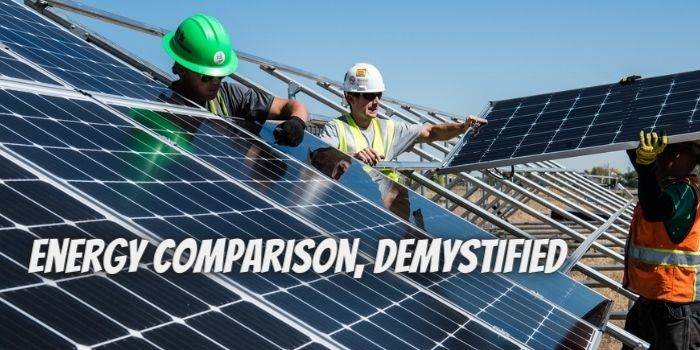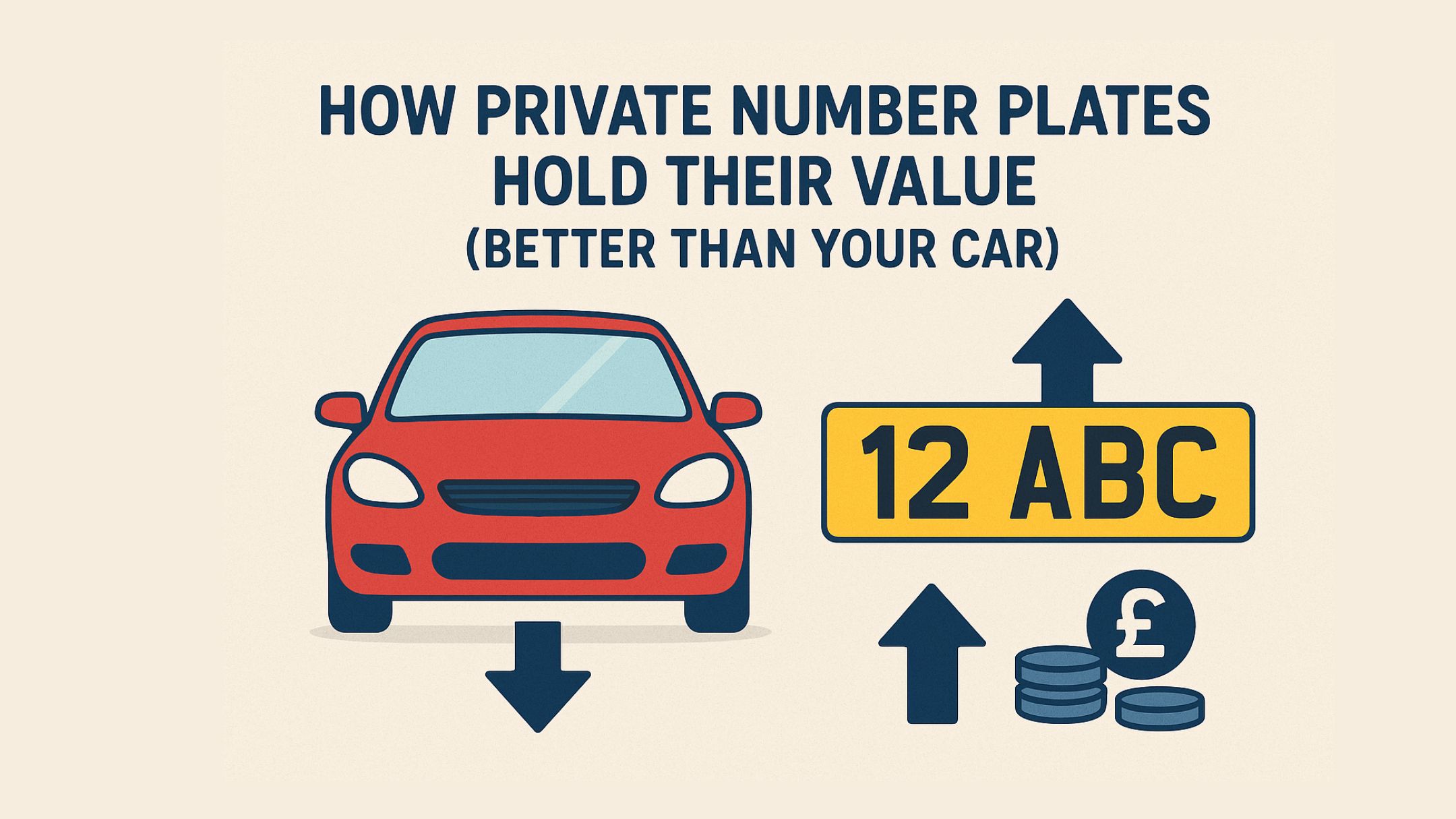Australians are spending too much on their electricity and gas bills. It’s a simple fact that Australia has one of the world’s most expensive energy markets. Australian Competition and Consumer Commission (ACCC) Chair Rod Sim explains:
“Energy prices are, quite simply, way too high in Australia. While there have been improvements, there is more to do… The industry must shoulder an important part of the blame for where we are now.”
However, between Government intervention and increasing competition, the future outlook of energy is brighter. Australian consumers can already save hundreds on their power bills through energy comparison. (In fact, according to the Australian Energy Market Commission, up to $760.)[1]
So, why are Australians leaving money on the table? Well, AEMC also finds that only 55% of consumers easily understand pricing information from their provider.
This is somewhat unsurprising. It’s easy to get bogged down in the terminology. Fortunately, with this guide to demystifying energy comparison, it’s never been so easy to compare energy prices.
Gas and electricity tariffs
These tariffs are comprised of two charges:
- Supply charge– how much you pay daily to be connected to the grid.
- Usage charge– how many kilowatts per hour (electricity) or megajoules (gas) you have used in this billing period.
These tariffs may be single-rate, or they may vary depending on Time of Use – generally, peak, off-peak, and shoulder. Time of Use plans encourages consumers to use power at times when there’s less demand on the grid. It’s worth noting that if you’re at home during peak hours, a Time of Use plan may not be viable.
Gas plans are generally single-rate and do not vary based on time of use. But your per-megajoule cost may be based on block rate tariffs. This means your rate will change depending on how many megajoules you use in a billing period. Some electricity providers also use block rate tariffs.
Which is better, a cheap Supply Charge or a Usage Charge? Unless you’re using very little grid electricity or gas, a cheaper usage charge is generally a better choice.
Standing Offers & Market Offers
Standing offers are generally the most expensive plans because they are the price ceiling as regulated by the government. Market offers are the various offers made by energy providers, competing in the gas & electricity markets.
Market offers will vary considerably in their conditions. In particular, many consumers sign up for a 1 or 2 year discount on their gas or electricity. After their discount expires, they are placed on the more expensive Default Market Offer. It’s worth comparing energy every year or two to make sure you’re still on a great deal for your needs.
Market Offer Conditions
Some of the main conditions of a market offer may include:
Solar FiTs
Feed-in tariffs for electricity customers exporting solar power back to the grid. The highest FiT doesn’t necessarily mean a great plan; carefully review the fine print. Are you being asked to trade off another discount (for example, usage charges?)
Discounts & Fees
Discounts can be very substantial, but again: a great discount doesn’t necessarily mean the cheapest plan. Often the most expensive plans will offer significant discounts but are still more expensive even with these discounts. Some examples of discounts include:
- Upfront discount (for on-time payment, or your first bill)
- Usage charge discount
- Supply charge discount
- Direct debit discount
- Paperless billing discount
- Bundling discount (getting your gas and bill from one supplier)
- Concession discount
- Various government rebates, depending on your state/territory
Fees can also add up quickly! They may include:
- Account establishment fee
- Late payment fee
- Disconnection fee
- Reconnection fee
- Relocation fee
- Exit fee (early termination/cancellation of contract)
Want to know more? Head over to the 100% free Econnex energy comparison tool to see dollar-value offers. We also highlight the main contract conditions, so you can find the energy plan that’s right for you! We work with a panel of major energy providers, researching so that you don’t have to.
No more annoying salespeople. No more waiting on hold. Just Econnex: an easier way to compare energy plans.
[1] https://www.aemc.gov.au/news-centre/media-releases/competition-now-driving-savings-760-year-home-power-bills




